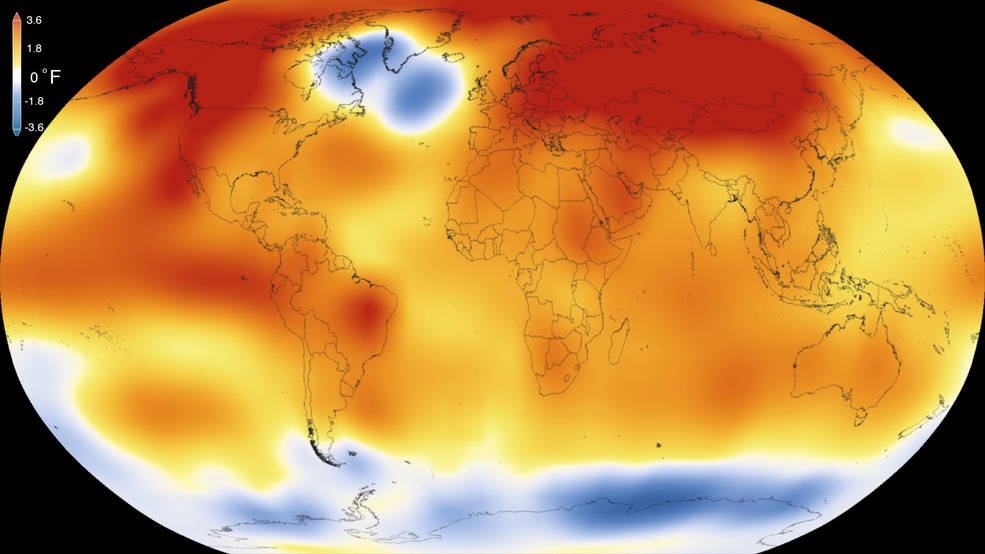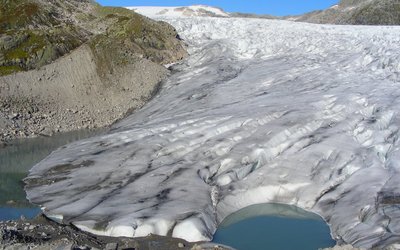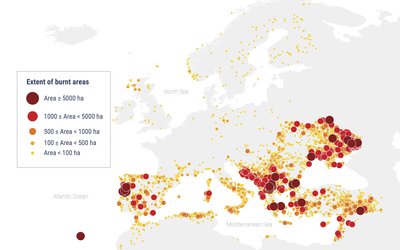
Photo: New temperature records are set on a regular basis. Globally-averaged temperatures in 2015, for instance, shattered the previous mark set in 2014 by 0.23 degrees Fahrenheit (0.13 °C) (photo: NASA, www.flickr.com).
You must have noticed that temperature records are broken on a regular basis. It seems that not a year goes by without breaking a record of the historical data set, mostly temperature observations since the beginning of the previous century. Whether it’s about the average temperature in a specific month or season, or about heat wave temperatures. In most cases, especially in recent years, links have been established with climate change. Indeed, the rate at which existing high temperature records are broken has increased in response to rising global greenhouse gas emissions. This rate is projected to increase further over the coming century.
Scientists wondered what the frequency of breaking temperature records in the future would look like under different scenarios of climate change. They did so by studying monthly mean temperature projections of 22 climate models for the end of this century (2070 - 2100) under a low-end and high-end scenario of climate change.
Increasing pace of setting records
In their projections, these scientists made a distinction between breaking a record and setting one. It’s the setting of new records with respect to previous ones they were looking for. Their historical reference period is 1900-2005. If a record is broken in say 2020, a new record is set. If a temperature in 2030 is higher than the one in 2020, again a new record is set. If this temperature is higher than the historical record but lower than the one of 2020, no new record is set and this temperature will not be a breaking record in 2030. This way, they examined future events that will be so extreme that they will not have been experienced previously.
Their results indicate that in any given year by the end of this century, under the high-end scenario of climate change, high monthly mean temperature records will be set in approximately 58% of the world, and in 67% of least developed countries and 68% of small island developing states. These figures all drop to 14% under the low-end scenario of climate change.
The pace at which new records will be set will be highest in the poorest countries. Under the high-end scenario on average 6.9 times per decade a new record will be set in the world’s least developed countries by the end of this century, compared with ‘only’ 5.4 times per decade in the wealthier parts of the world.
The likelihood of ‘smashing’ records
A record is not only broken but is ‘smashed’ when monthly mean temperature exceeds the previous record by more than 1.0 °C. In any given year by the end of the century, the likelihood of ‘smashing’ at least one monthly record is about 8-fold more likely under the high-end than under the low-end scenario. By then, 8.9% of the world area exhibits years with these ‘smashing’ records under the high-end scenario. For the low-end scenario this is only 1.1%.
In summary, by the end of this century, far more records will be set under the high-end than under the low-end scenario, and far more of these records will be ‘smashing’.
Source: Power and Delage, 2019. Nature Climate Change 9: 529-534.








